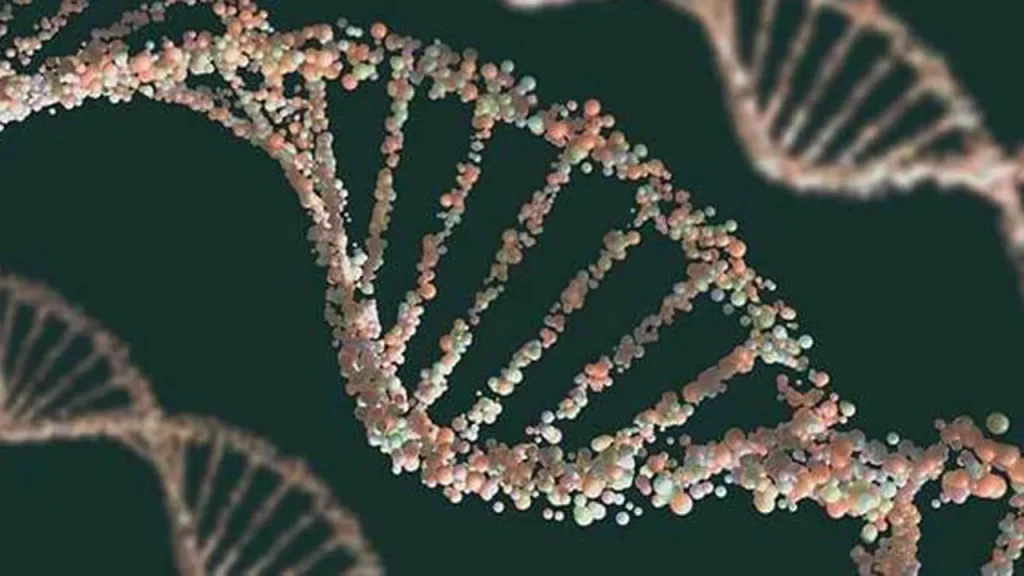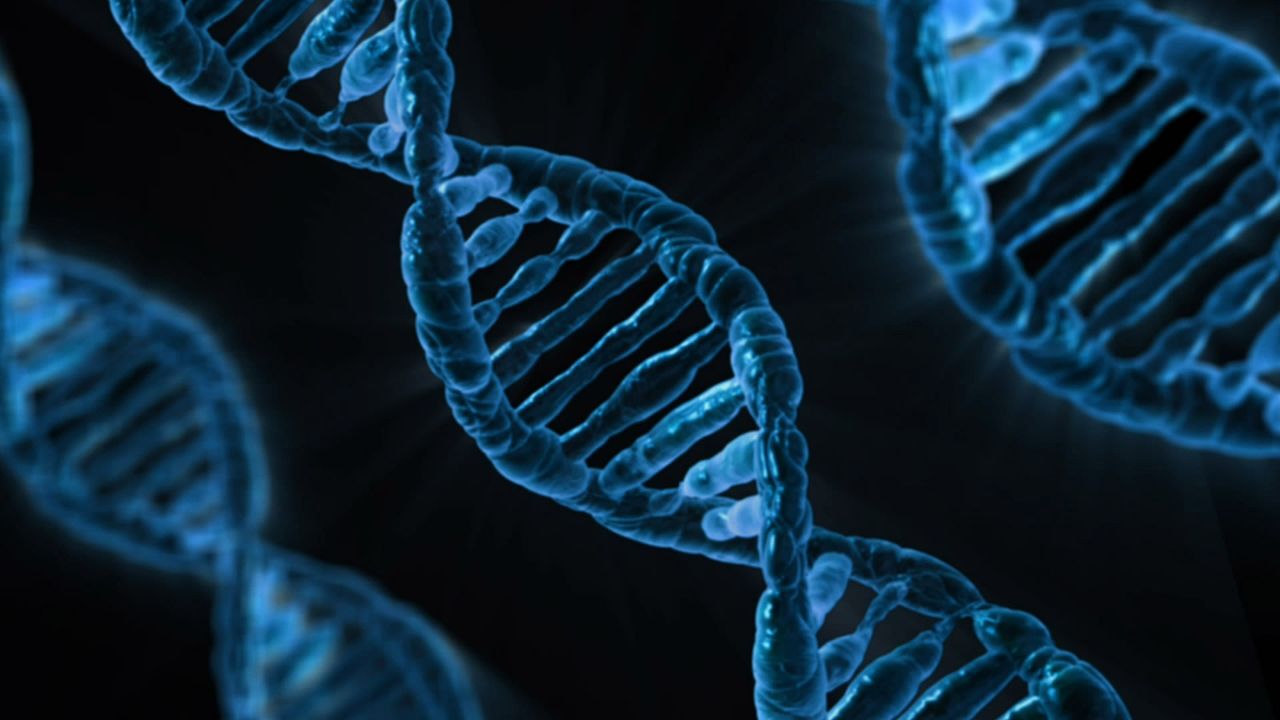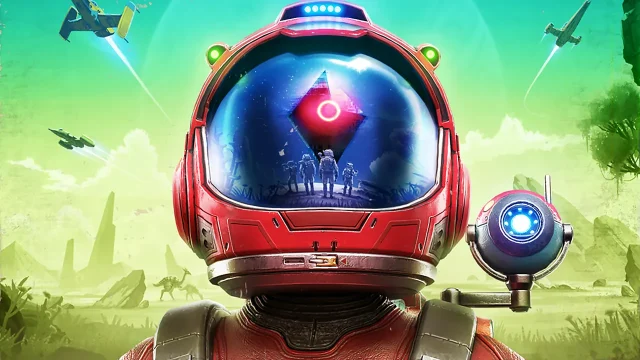Scientists are one step closer to creating synthetic yeast. For more than 15 years, researchers have been working tirelessly to create a complex cell containing the entire genome from scratch. In other words, they are designing an artificial DNA model. Now, they have successfully combined artificial versions of some of the 16 chromosomes into a single yeast cell. This is an important turning point for the scientific world. Here are the details…
Scientists produced an artificial DNA model!
This success managed to have its name written in golden letters in the history of science. Because with the study of the artificial DNA model, more information about the basic processes inside cells has emerged. In addition, this great development was a fundamental step for some materials. So some scientists will be able to produce medicines, materials, biofuels and other things. This research is also a start for programmable cellular factories.

In fact, creating a synthetic yeast is a huge task in itself. Several new papers on the subject were published this week in the journal Cell and Cell Genomics. Benjamin Blount, one of the co-authors of these papers, said that even creating one of these chromosomes was a surprising and difficult task. Thus, scientists achieved something even more difficult and made history.
However, it’s time to achieve more difficult things. Because there is a big handicap that scientists need to overcome. Trying to keep chromosome pieces together without falling apart is much more difficult than expected.
Genetic modification has come a long way in recent years. In past editing attempts, scientists have been able to alter individual genes, but not entire chromosomes. Therefore, this process still maintains its complex structure. Scientists have not yet completely succeeded in combining them all into a single synthetic yeast cell. However, they managed to produce artificial versions of all 16 chromosomes involved.














